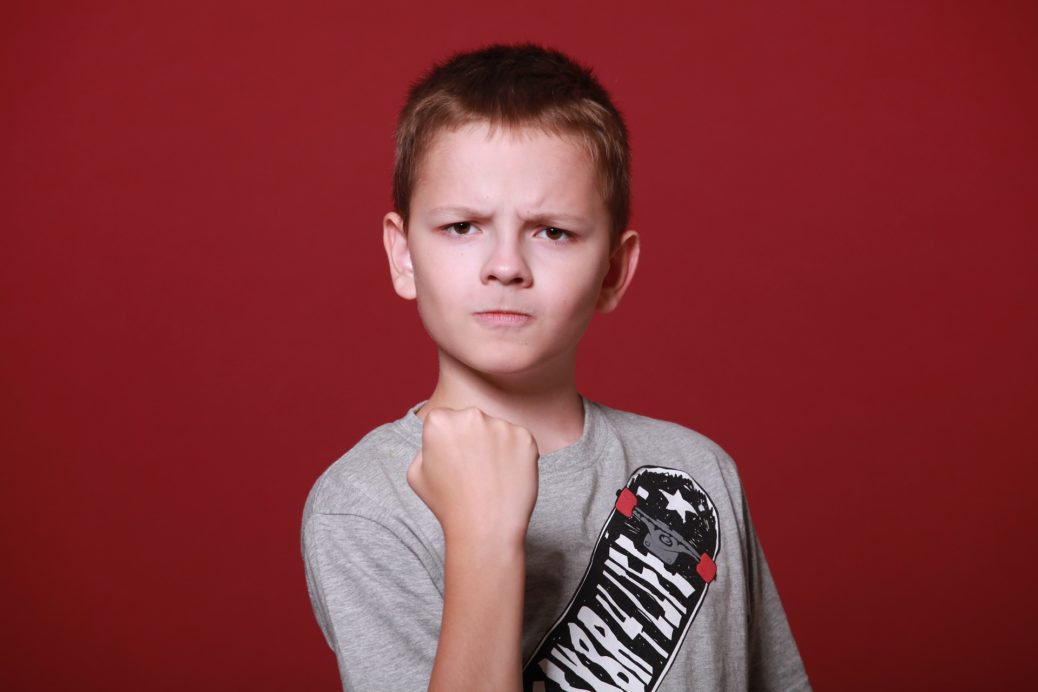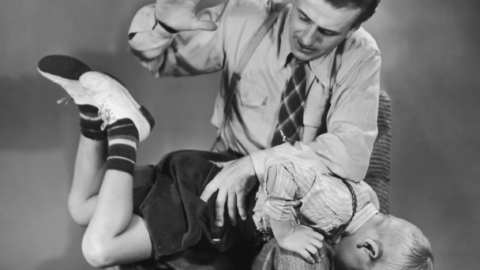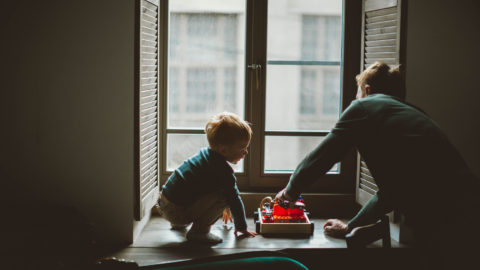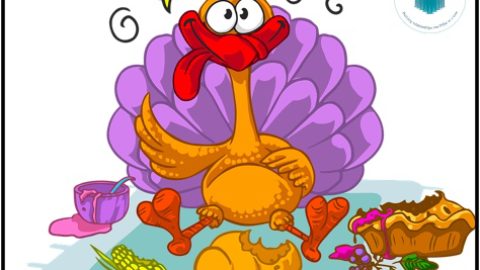It’s every parents’ nightmare: being stabbed in the heart by your child’s words.
We’re never quite prepared for the times when kids say hurtful things, especially when those words are aimed at us. Here are just a few of those painful bullets that have wounded unsuspecting parents:
- I hate you.
- I wish you were a good mom like Julie’s mom.
- You’re a bad mom.
- I wish you were dead.
- Susie’s dad is so much better than you.
- I want to be like ______ (opposite parent) not YOU when I grow up.
- I wish you weren’t my dad.
Are you wondering how to deal with a hurtful child?
Adults have basically two choices:
- You can be really hard on yourself and create two lists. List #1 includes all the ways you have failed as a parent. List #2 includes all the ways your child is a nasty brat!
- Or you can take steps to resolve the conflict and lay the groundwork for problem solving future conflicts in a positive way. Begin by practicing the tools that lead to helpful solutions. If there is agitation between you and your child, you can give an immediate response that will help avoid further upset. That response might be something like, “We are both upset—let’s each take some quiet time to calm down before we talk further.”
During this quiet time, the adult should be thinking about the content of the conversation that led to the conflict. What was the argument or angry comment about? See if you can separate the content from the process of the interaction. What were you and the child feeling that caused such a powerful argument and hurtful words? What was happening when the argument began? Why is the child upset, and what might you have said in the heat of the moment to encourage this response? (Read more about content and process in our blog post about Mixed Messages.) Dealing with kids’ attitudes in a way that leads to better outcomes is a skill based on understanding and addressing not only the content of the interaction but also the process of the interaction. In most cases, the attitudes shape the process of what is occurring.
Discuss the “process” first.
Immediately, let’s discard choice #1. Nothing useful comes from “beating ourselves up” with guilt and blame.
Looking at choice #2, I recommend that you first take a moment to calm down. Dealing with kids’ attitudes can be upsetting and you will need to be calm. When kids say mean things, your most effective response will often focus on the “process” of what occurred. Let’s consider how that might sound:
“Wow, we are both really upset. When we are very upset, we sometimes say things to hurt the other person’s feelings. Sometimes we want to feel like we are in control. I know when I’m that upset, it’s kinda hard to even remember what I said. All I want to do is ‘get even’ with the other person. How ‘bout you?”
Even if your child does not respond, both of you benefit from taking time to think about it. Your next comment might be, “We were arguing for a reason, but instead of solving the problem we both got so angry that feeling upset just got bigger. We said hurtful things to each other. What do you think we were arguing about?”
After your child has spoken or chosen not to speak, it is your turn to share. Remember that the way you describe the upsetting incident will affect how you are able to find solutions. Summarize what the argument was about in just a couple of sentences. Be sure to not assign “blame” to anyone. Your goal is to get to the point where you can discuss the argument, listen to one another, and figure out how to solve future problems that may arise in a way that focuses on solutions and avoids a hurtful argument.
Creating a system with your child.
The rest of the conversation should include working with your child to make a short list of what to do next time there is a conflict. Remember, everyone benefits when angry kids learning how to handle their feelings effectively.
What the system looks like:
- When mommy and I get angry with you, we will take a deep breath to calm ourselves before we speak.
- Once we both calm down, we will decide if we are ready to quietly talk about what happened or if we should wait until later. We will decide if “later” means: “in one hour” or “tomorrow” or “after school.”
- When we have our talk, we will decide who talks first. The other person has to be quiet and listen. We will each have our own turn to say what we are thinking and feeling. (Remember: the adult should keep statements very brief as he talks.)
- Even if we don’t agree, we will listen to each other.
- If we feel we must say something then the best response might be something like, “I don’t agree with you, but I’m listening. I will think about what you are saying.”
- Starting now, let’s come up with a plan for how to handle upsets BEFORE we feel like we’re going to explode. How about this idea? When one of us sees the other person raising his voice, yelling angry words, or interrupting, he can call a five-minute “quiet time.” “Quiet time” means that each one of us will find our own space to calm down for five minutes. We will talk again only after we are both ready to calmly talk about what we think and how we feel. It is okay if it takes us longer than five minutes to get ready.
- The best solution will be found when we allow the other person to talk, when we can both stay calm, and when we listen to each other. Let’s decide together how to handle the upset in a more peaceful way.
When this system isn’t enough…
All of these steps can be effective when your child is upset. However, you may have to include some additional steps when dealing with a child who shows aggressive behavior. Helping aggressive kids deal with their feelings must also include learning how to maintain physical safety. Losing control is never good for anyone.
Remind your child of at least one time when he was able to stay in control even though he was starting to get angry. On a random day when your child is calm ask him if he can join you in gathering some props that will help him control his anger in the future. Items might include:
- A small pillow to “punch”
- Perhaps a favorite candy bar for a snack or a bag of M&Ms
- Some toys that he enjoys
- Playdough
- A magazine to tear up and then crumple the pages into balls (and maybe toss into the box as if he were playing basketball)
- Anything else that will help the child redirect his anger and regain self-control
Have your child put the supplies in a special box so they can be easily found. Let him know you will save the box just for times when upsets occur. After the box is packed let him decorate the outside if he wants. A cardboard box works fine.
You may even decide to give the child an opportunity to earn money for every day that he remains peaceful. Even consider paying him at the end of a peaceful upset when he maintains self-control and physical safety. He can save his money toward buying himself a treat or a toy. The dollar store is a great place to shop!
Don’t lose focus…
When an adult focuses on the process of the interaction, the solutions become clearer. In this case, the process is about maintaining (or regaining) control over feelings and behavior. The goal is to support the child when he displays positive behaviors and self-control. Parents are to remain committed to solving issues verbally rather than with physical aggression. A positive step towards that goal is rewarding the child for taking steps that lead to increased self-control and safety. For example, if the child opens the box that he helped assemble and is able to calm down as he plays with the props inside then he is directing his energy to work toward behaviors that benefit everyone.
Children often show many behaviors that can surprise and hurt us. It may feel like parent abuse. However, taking a deep breath can help us pause and better understand their use of hurtful words as we identify the “process” that resulted in those hurtful words to be spoken. While children may struggle to identify the specific reasons for their behavior, working together can bring everyone closer to resolving the issues that arise.
A few examples:
- “I hate you” might actually mean: “I hate your rules,” “I hate your power over me,” or “I hate having to follow your directions.”
- “You’re a bad mom” might actually mean: “When you don’t give me everything I want, I feel cheated and I get angry at you.”
- “I wish I had other parents” might actually mean: “Maybe if I won the parent lottery I could have parents who give me everything I want.”
- “I wish you were dead” might actually mean: “If I could erase you out of my life then I could have all the freedom I want.”
Be supportive no matter what is said!
Remember that we need to be the ones supporting our children through these rough times in spite of the “sting” we feel from their hurtful words.
Next time your child tells you what a bad parent you are, try “coming alongside” him and gently tell him how hard it must be to feel like no one understands.
Empathize with the idea that none of us know what we want and need all of the time. You’re not confessing your guilt. Instead, you are informing him that you are listening, not judging. You are communicating that you hear him and are trying to understand how he feels. Tell him that you will do whatever you can to help him learn the benefits of rules and boundaries even though those are hard lessons to learn. Remind him that the goal is for everyone to experience the safety that comes with those boundaries. Additionally, end your comments with, “No matter how many challenges we face, I will always love you and be here for you. I know how angry words can be hurtful because I am feeling bad now, too.”
You don’t have to be Superman!
Some of the suggestions you have read in this blog post might sound like they were written by Superman or Wonder Woman (who both demonstrate super-human skills). However, they actually apply to all of us. Remove your focus from the “content” of the conversation and try to refocus on the “process” of the conversation.
Put your energy into “what can we do to stop the anger and hurtfulness?” If you do nothing else, simply say to the child, “I hope we can learn ways to calm down our anger and hurtful behavior.”
Follow up by letting him know that feeling upset is as hard for you as it is for him. Consider inviting your child to let you know what he needs from you so that he can feel better, and always ask him if you can be part of the solution. If he says “no,” then accept that answer and tell him you would like to understand how he helps himself. Let him know what YOU need to feel better. This can be something simple like, “I need us to learn when it’s better to stop talking so that we stop hurting each other with our words, and I need to do something with you soon that helps us both feel better. Should we get a snack? Watch TV for awhile? Play a game? Go for a quiet walk?”
If your child refuses all of these suggestions then quietly find something positive to say… perhaps a comment about how glad you are that you were both able to calm down and that he was able to tell you he is not ready to be with you just yet.
The process to healing is important.
In the same way that a wound to your body takes time to heal, it also takes time to heal wounded feelings. The process of healing is important. The process that leads to healing is even more important. If your child “just wants to be alone now,” then honor that. Let him know that you are available if and when he wants to be with you. If YOU need to “just be alone now,” let your child know and also let him know when you think you will be ready to join him in talking or playing or getting ready for dinner, etc.
Be patient with this new way of interacting because it will take time and practice for the solutions to occur and the benefits to be seen. Keep it in mind that neglecting to control the urge to “explode” only increases the problems. Has “exploding” ever ended well for anyone involved? Take a deep breath and practice what you have read in this post.
When you “come alongside” your child, you ARE NOT dismissing the behavior or allowing him to erase his choices. Instead, you are teaching the skills that allow for more positive choices in the future when these frustrating situations arise again. You are also acting as a “role model” for your child as he experiences your way of handling a difficult situation.
Remain patient!
I would wish you the best of luck, but “luck” is not what you need. What you need is the patience and self-confidence to practice this entirely new way of resolving conflicts. You will need to work on finding positive solutions by reinforcing positive behaviors and offering comfort and care rather than punishment and guilt.
Remember, your child still owns the outcomes that occur as a result of his behavior, but rejecting the behavior is very different than rejecting the child. In all cases focus on rejecting the undesirable behavior and accepting the child. The results will be a “win-win” for everyone!













